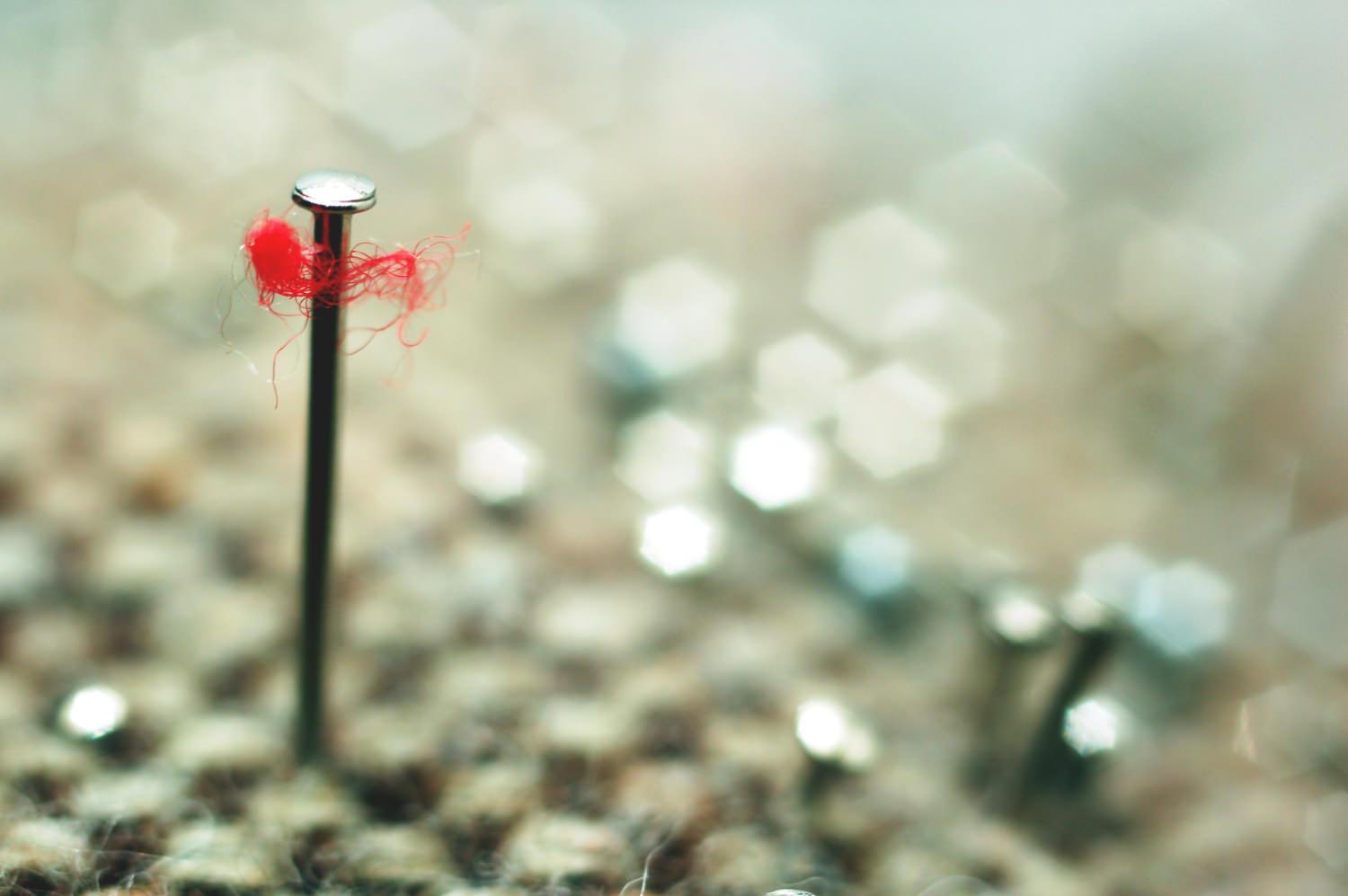Often, the most rewarding photos are those taken with little or no preparation - there's something liberating about just grabbing a camera and heading off to see what you can find.
Close up photography is perfect in this respect, because we are surrounded by fascinating subjects. Practically every object you see has details that usually go unnoticed, but which make for some stunning photos.
Taking close up photographs is a great way to develop your creativity and an eye for a good shot, as it forces you to find something interesting in even the most mundane of subjects. It will also teach you to look for small details in other types of photography, such as landscapes and portraits, which can help you shoot traditional subjects in a unusual or unique way.
Choose Your Subject
Choose a subject which has an unusual or interesting feature which catches your attention. These details may be in the form of an eye-catching colour, a cool texture, an unusual shape, or something else entirely.
We are surrounded by interesting details; we just have to look for them. Image by Diego Sevilla Ruiz.
Really examine your subject and decide exactly what it is that interests you about it. This is what you will focus on in your close up photo; all other details will either be secondary or excluded entirely.
Viewpoint
Get close up. Use a combination of zooming in and moving closer to crop in as tightly as you can on your chosen detail. You can include other details to provide some context for your photo if you wish, but remember that by doing so you may lessen the impact of the really interesting part of the shot.
Crop tightly around your subject, keeping only the details which make for an interesting close up. Image by Ion-Bogdan Dumitrescu.
Get closer. 99% of close up photos that lack impact do so because they are shot from too far away. If you camera won't focus on the subject when you get right up close, then zoom in as far as you can, and then you can crop the final shot later.
Composition
Composition in close up photography doesn't need to be rocket science - the subject should provide sufficient interest. Having said that, it is still important to study your scene and consider the best way to balance the elements within it. The usual photography composition rules apply, but don't be afraid to break them if you find a better way to frame your shot.
Keep your backgrounds plain to avoid distracting from the main subject. Image by Don Solo.
If there is a background visible behind your subject, try to make it as plain and unintrusive as possible so that it doesn't distract from the main elements in your close up. Because you are shooting so close to the object, the background will probably come out blurry anyway, which helps, but often with a bit of careful thought you can choose a viewpoint that does away with the distraction altogether.
You can affect the perspective of your photo by adjusting your camera's position and zoom. Move close and zoom out to give the shot depth, but be careful because it might end up looking like it's bulging in the middle. Move away and zoom in to give your close up a flatter perspective.
Pin-sharp focusing is key to a good close up photo. Use manual focusing or take extra care when using auto focus, and make sure you focus on the main point of interest.
Sharp focusing is key to a good close up photo. Image by ViaMoi.
Use creative depth of field to draw the viewer's attention to the most intriguing elements in your close up. Be aware that when shooting very close to an object, depth of field is at a minimum, so it is essential that your focusing is spot on.
Shooting
Steady your camera using a tripod, mini tripod or some other solid surface. Blur from camera shake can ruin an otherwise perfect close up shot.
Take loads of photos with slightly different focusing, depth of field, viewpoint and composition. A small change can make a big difference to your close up photo. When reviewing photos on your camera's LCD screen it is extremely difficult to tell exactly where your shot is in focus or not, and it is easier to shoot plenty of images while you're there than it is to return to the scene and carry out a second shoot.
